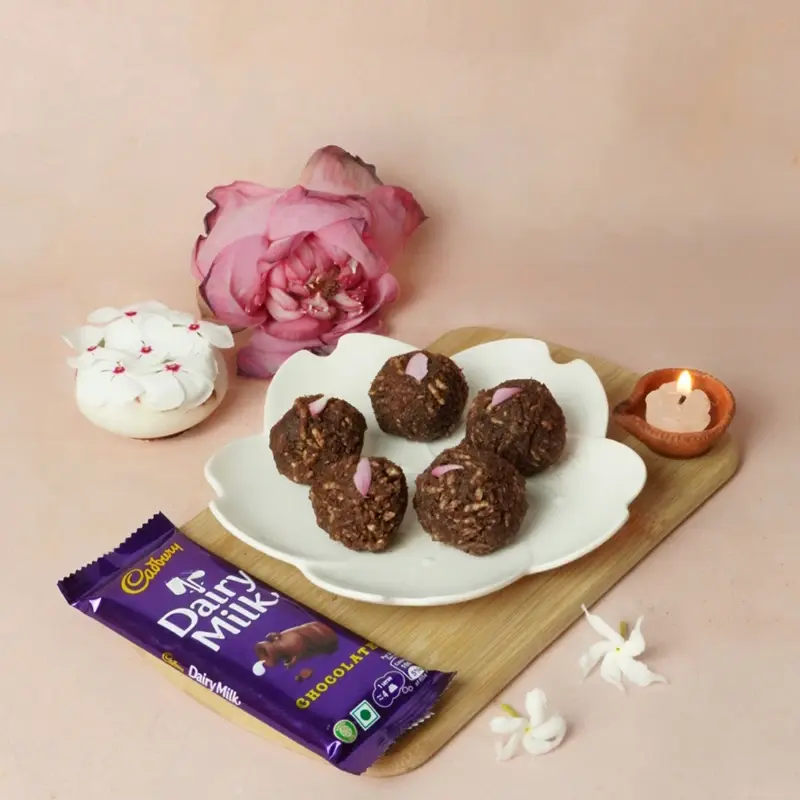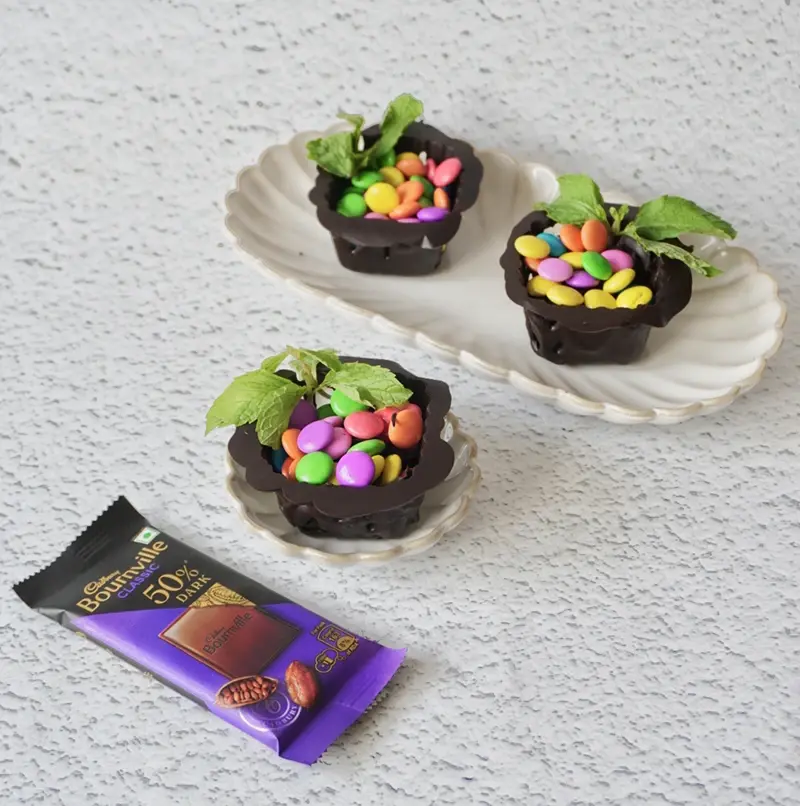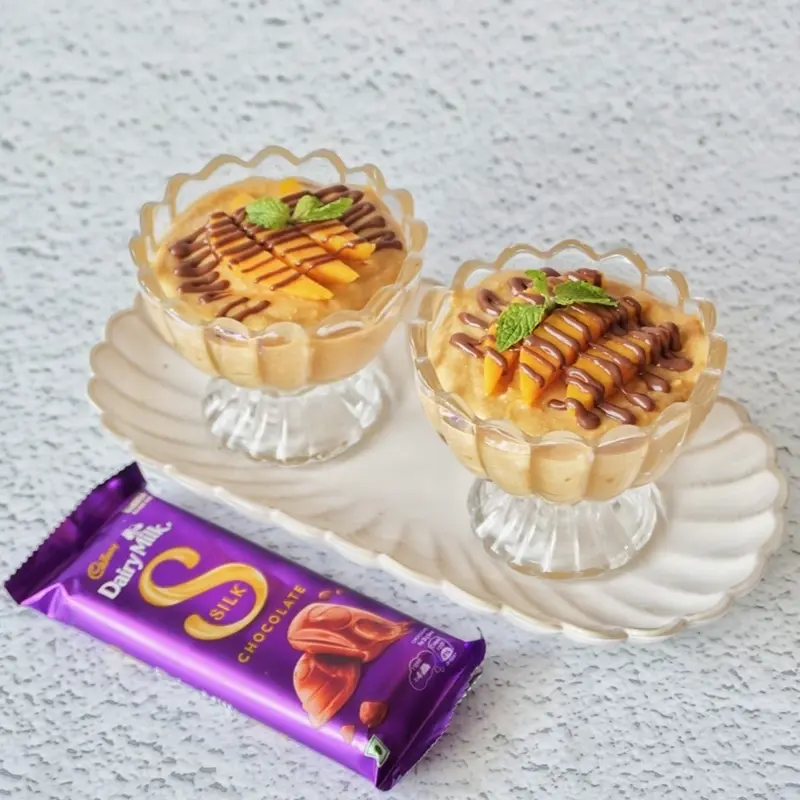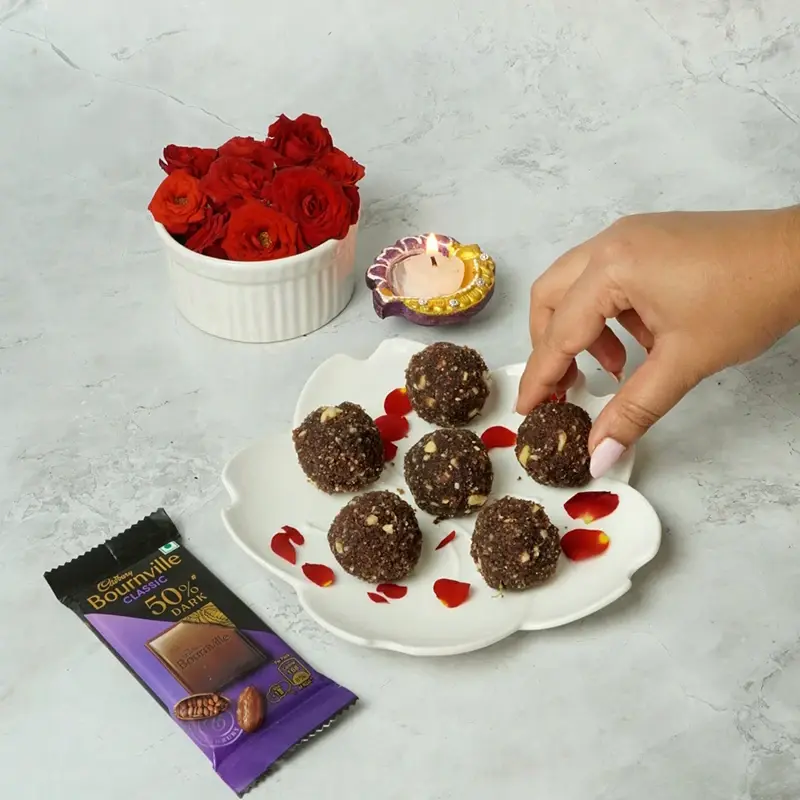Gur or jaggery is a wintertime favorite for many Indian desserts and gets a natural upgrade by swapping out refined white sugar for jaggery. Jaggery adds a distinctive caramel flavor while research suggests it may lower the calorie content of sweets.
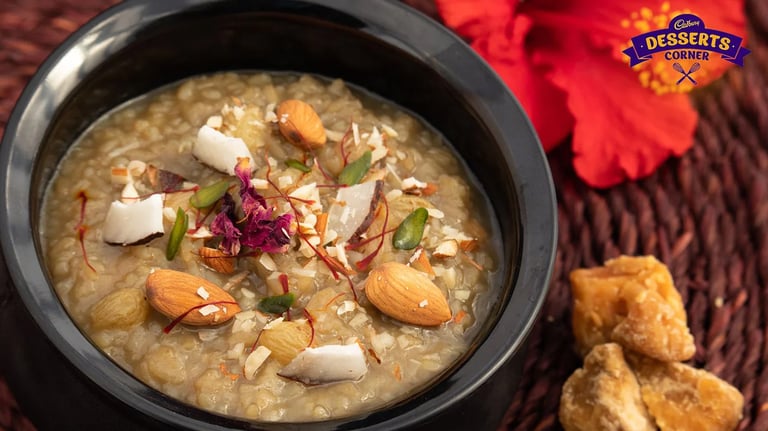
Almost every dessert that benefits from the natural flavor of jaggery gets a makeover once its season hits, which is, inevitably, during winters. The saccharine boost from the jaggery is said to lower the calorie content from the sugar and give it a distinct caramel-like taste. Lots of sweets, come winter, turn a leaf and start substituting the refined white sugar for jaggery.
The harvesting and collecting of the plant sap that forms the essence of the solidified melt-in-your-mouth jaggery begins long ago before the winter takes root; this is of course only for the palm sap. Then through an elaborate labor-intensive process, the plant sap is processed – filtered, boiled and stirred while removing the scum that floats to the surface with additives added that help in solidifying the liquid into jaggery.
1. Narkel Naru

It is difficult for me to imagine a winter for Bengalis without tasting the genuine delight that is Narkel Naru or Narikel Er Naru, which is made with rich coconut blended with the sweetness of jaggery. It’s a grandmother’s special for many Bengalis and despite its simplicity, it continues to be a comforting sweet that is made in every home in Bengal during winter. "Narkel" means coconut and "naru" means ball, and during religious holidays, Narkel Naru is one of the most exquisite and mouth-watering desserts offered to God as prasad as well.
2. Gajak
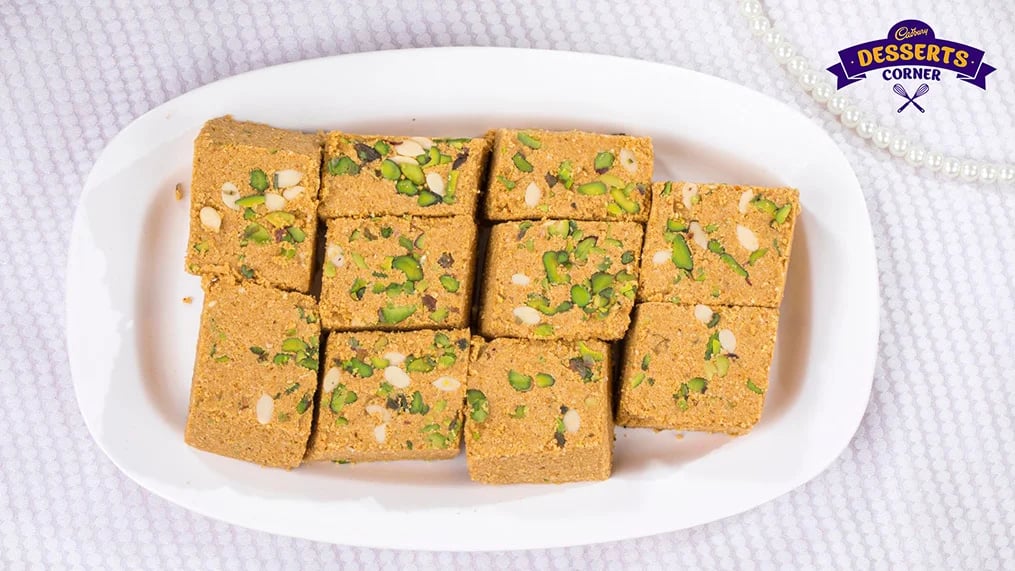
Gajak is a winter delicacy from Indore made of sesame seeds, jaggery, and peanuts and the process of making Gajak is labor intensive just like its counterpart chikki. Powdered jaggery or sugar is used to make the dough, which also contains sesame seeds and peanuts. The dough is then hammered for 12-15 hours to release the oil from the sesame seeds. This lengthy process produces Gajak's distinctive texture. It has older origins than peanut Chikki, which uses liquid jaggery and some believe Chikki is a modern adaptation of traditional Gajak.
3. Gurer Payesh

Technically speaking Bengalis write ballads for anything that is nolen gur, or the liquid jaggery, but many homes also use gur or jaggery to sweeten their payesh. Payesh is the Bengali version of the South Indian payasam and the North Indian kheer. Following the same preparation as the traditional payesh, instead of sugar, jaggery is added which gives the payesh a lovely earthy color and a wonderful aroma.
4. Pasi Parappu Payasam

Pasi Parappu Payasam is a traditional sweet pudding from Kerala made with fragrant moong daal, coconut milk, and jaggery. Cardamon adds that distinct aroma and flavor to the payasam. Ghee is used to temper the dish, in which nuts, raisins, and sometimes chopped coconut are fried. Coconut milk takes center stage in this dish, providing that distinct nutty flavor and creamy texture. However, if coconut milk is not available or does not fit one's diet, Cadbury dairy milk can be used to sweeten and provide flavor to this payasam.
5. Ragi Raab

Ragi porridge, a traditional healthy breakfast, is made by roasting ragi flour with ghee or oil to enhance its nutty, earthy flavor. Caraway seeds are also roasted then water is added to the roasted mixture and simmered with stirring until thickened to a porridge-like consistency. Jaggery and ginger powder are then added for natural sweetness and flavor. Once thickened and jaggery incorporated, it is removed from heat and served plain or with banana, nuts, or coconut. Easy to digest, ragi porridge nourishes and is suitable for children, elders, and the recovering, especially in colder months due to ragi and spice nutrients.
6. Rava Sheera

This classic North Indian sweet is made with fine semolina, jaggery, ghee, and cardamom. Semolina, called suji, sooji, or rava, comes together with jaggery minutes to create a melt-in-your-mouth sweet. Suji halwa is popular in Western India as Rava Sheera and in South India as Rava Kesari. This halwa is usually made for auspicious occasions like religious ceremonies or festivals like Diwali and Ganesh Chaturthi. It also makes for a delicious breakfast or dessert option during chilly winter days.
7. Besan Laddo

Bean laddoo is a traditional Indian sweet from South India. It is made primarily from black gram (urad dal), which provides protein and fiber. Jaggery, a type of unrefined cane sugar, is used to sweeten the laddoos and add a rich caramel flavor. Ghee, or clarified butter, is also added and helps bind the ingredients together into balls.
Like This Article?
More Like This
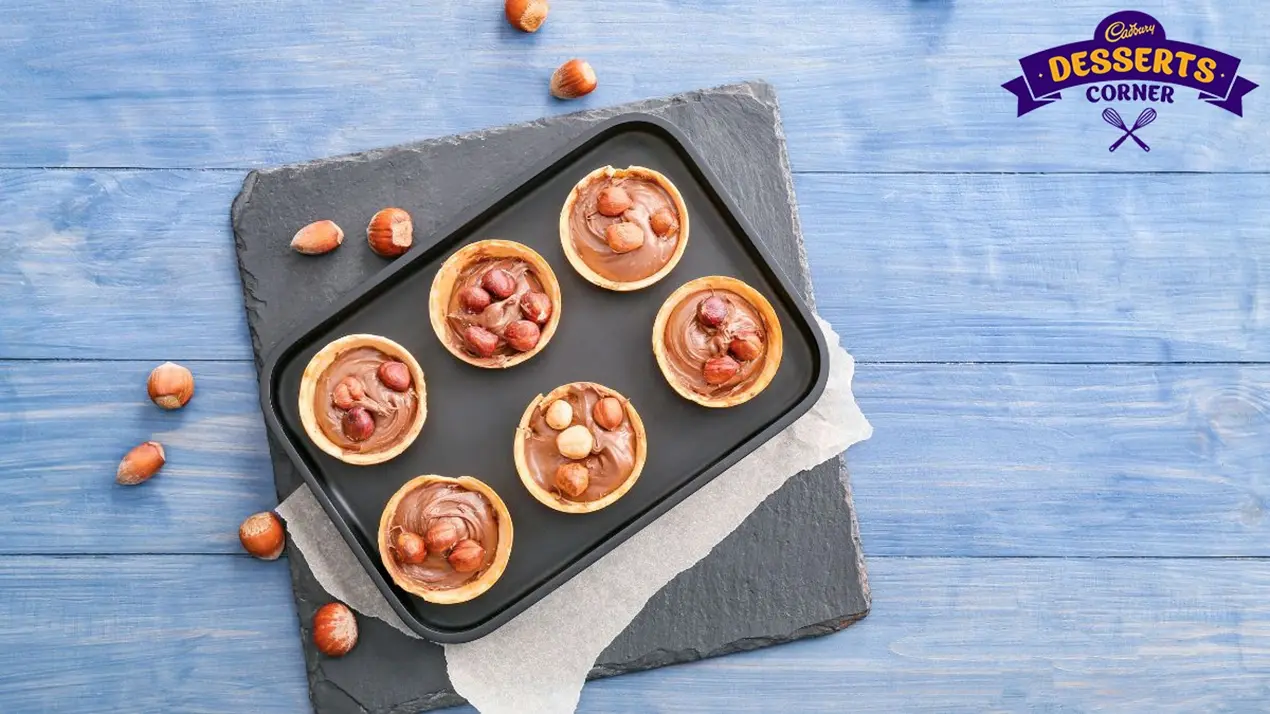
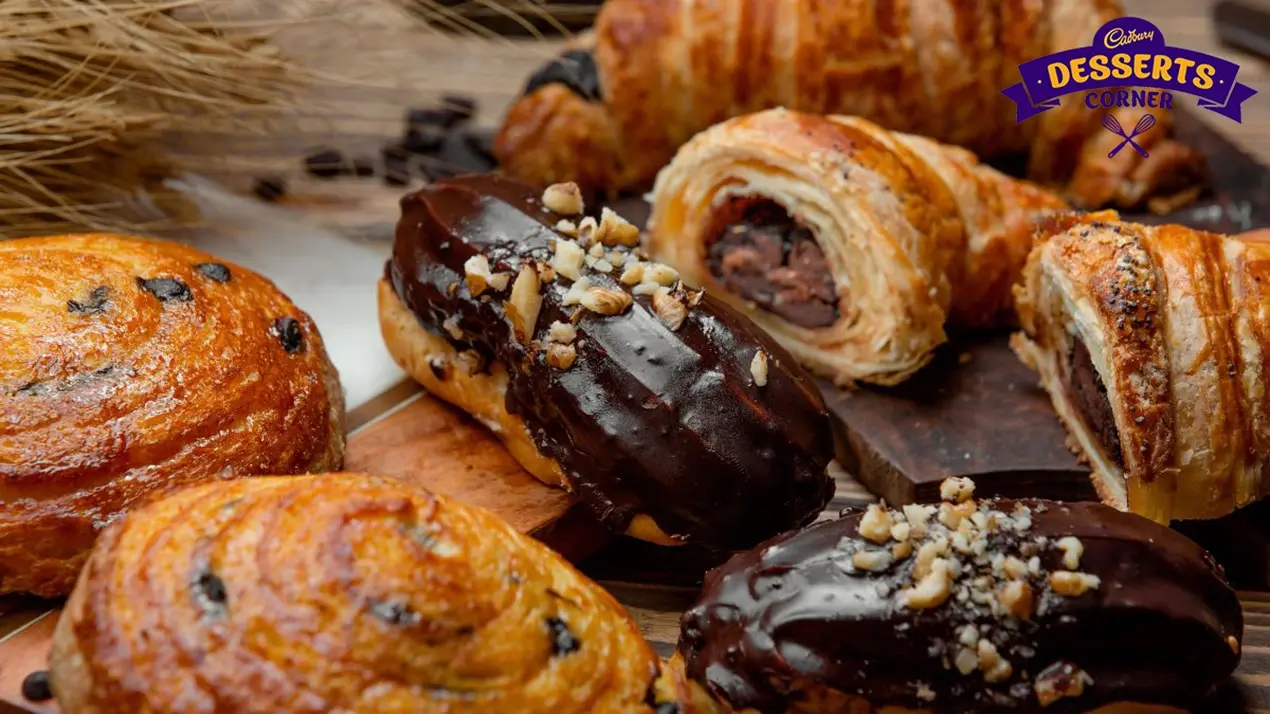

Popular Articles


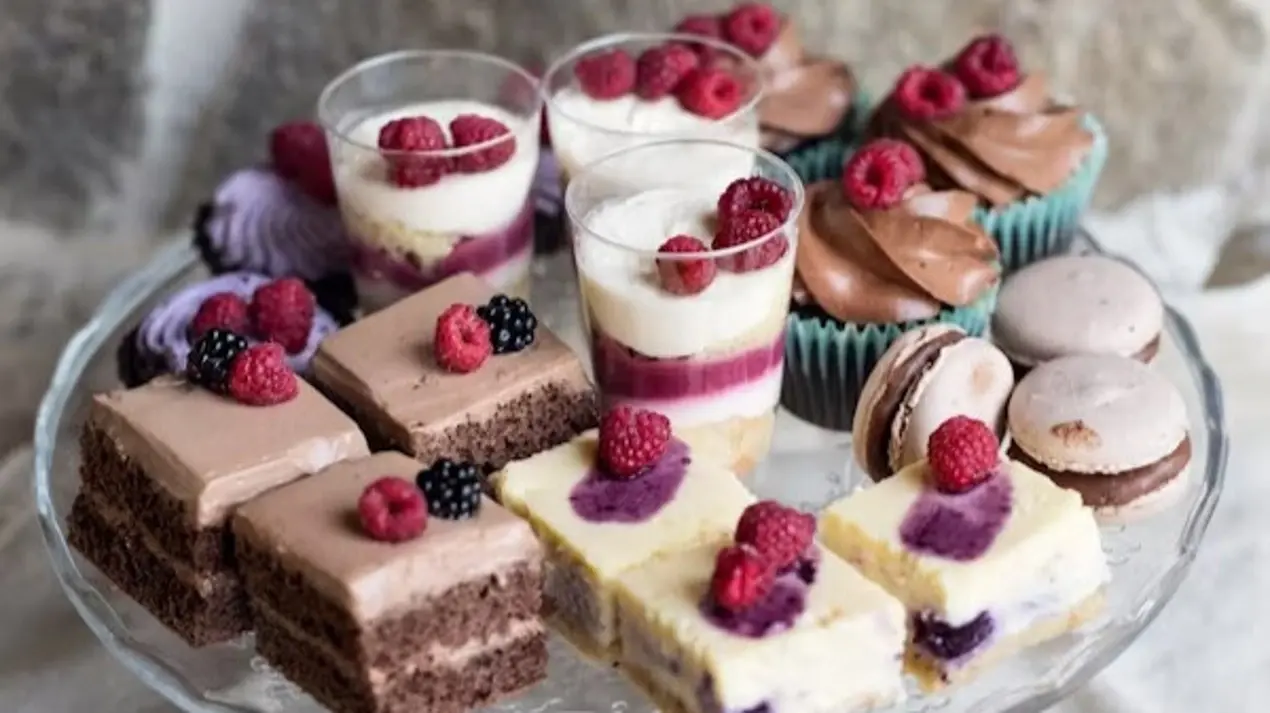


Trending Web Stories
Curated Recipes
